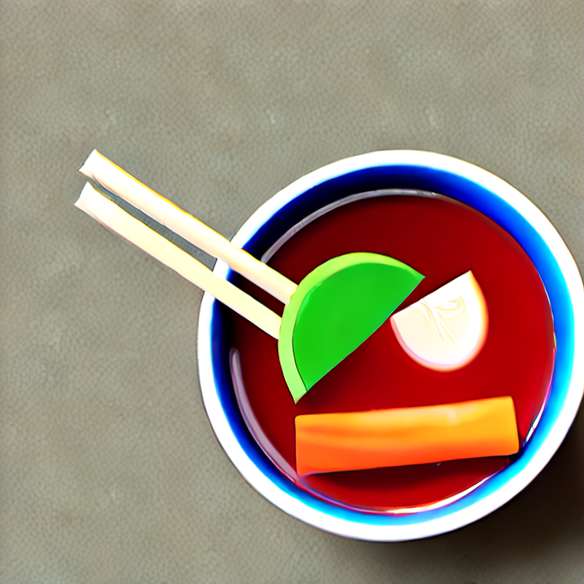The basics of Chinese cooking

If our Western cuisine focuses on taste, the Chinese cook assumes that he must first of all seduce the guests by smell and sight. Smell and presentation of a dish are therefore part of the Chinese culinary art.
Foods are poorly cooked and seized. A soup Chinese, for example, has nothing in common with our reels. The broth is clear, low fat, made with the bone of the meat and the vegetables remain crisp. Similarly, in dishes, meat is bleeding and vegetables are sautéed; as the ingredients are always cut into small pieces, they are well seized on the outside and keep their juice inside.
Chinese sauces are very "wet" because they are composed of broth and starch. They allow food to be eaten without drinking, because a Chinese does not drink at the table. The steak-fries is probably one of the most opposite dishes to eat a Chinese. Chinese cuisine is a cuisine where sauce is of utmost importance. It is most often she who raises the dishes that we know well in our traditional French cuisine but gives them a different flavor.
The variety of ingredients of a Chinese dish is hardly conceivable for a French chef! Shrimp, crab, chicken, ham and sometimes 20 vegetables can compose a single dish! Similarly, individual bites and dishes brought at the same time are often offered to the guest who can peck multiple tastes at the same time and test multiple sauces. Chinese cuisine is a cuisine that is slowly savored because, because of the multiplicity of tastes, ingredients, sauces, spices, herbs and condiments, each bite is unique and should be savored as in a stroll taste.
Our advice:
Chinese cuisine requires that the ingredients be cut into small pieces. This is why Chinese cooks always have a series of sharp and precise knives.








